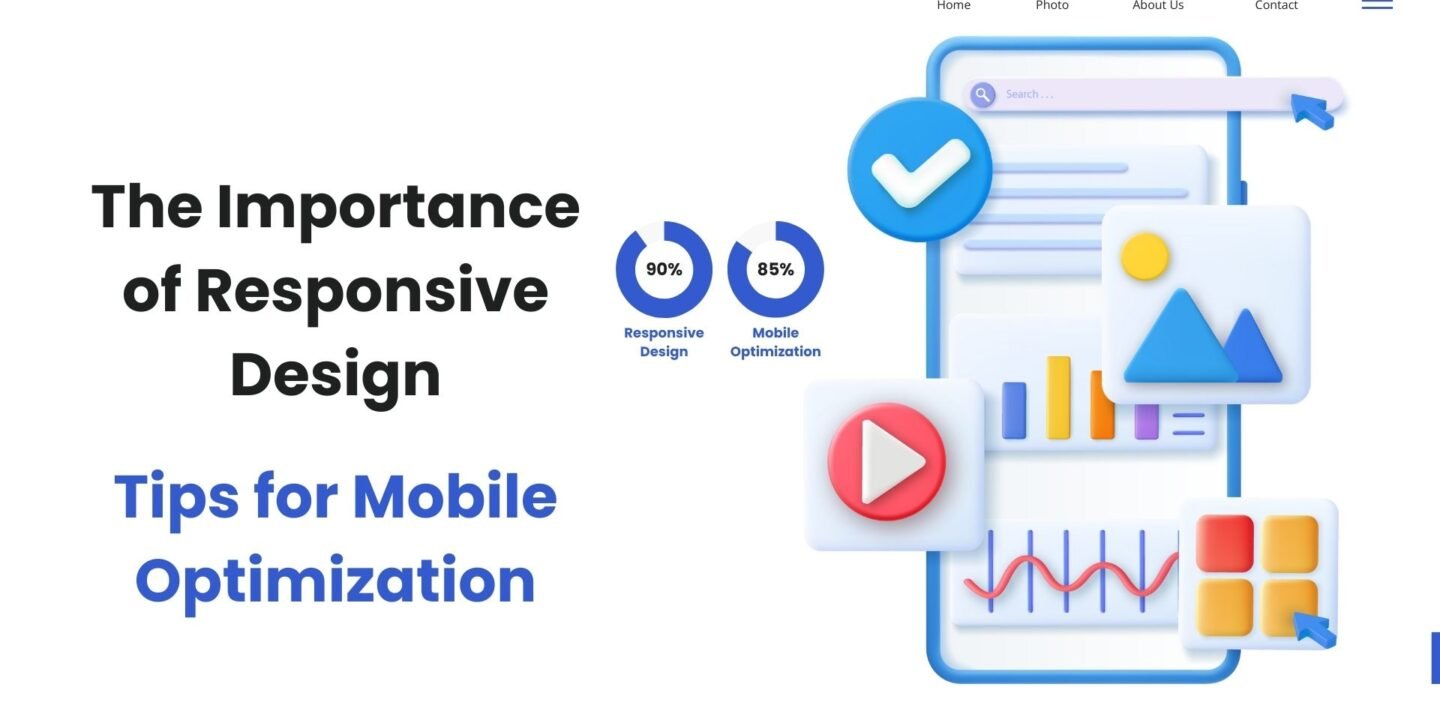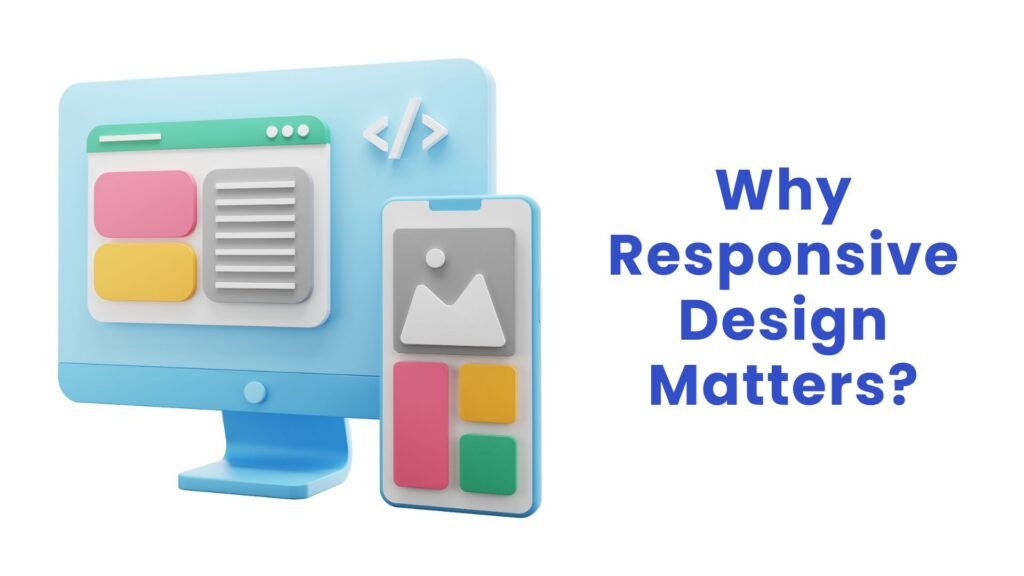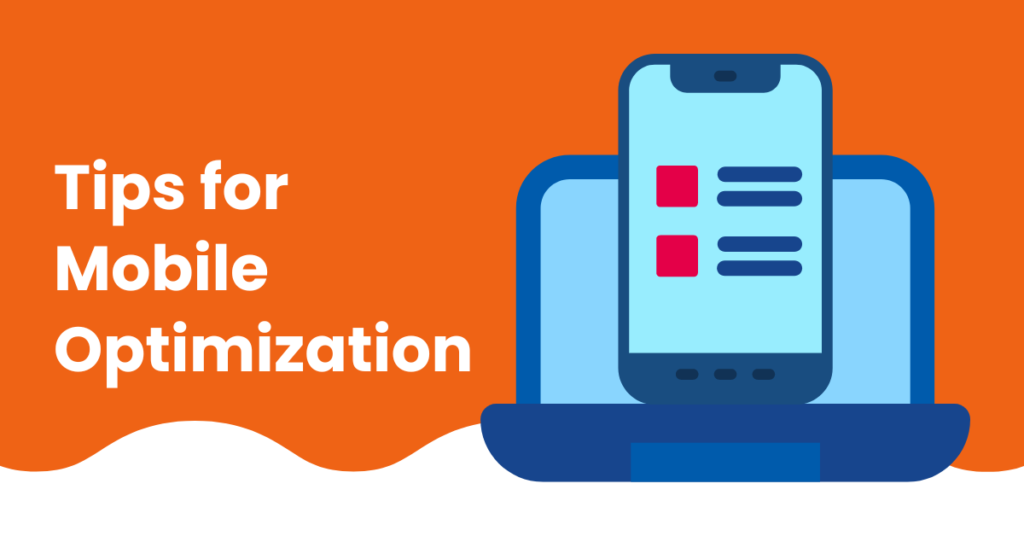
In the age of smartphones and tablets, having a website that looks great on all devices is no longer optional—it’s a necessity. Responsive design, which ensures that a website adapts to various screen sizes and orientations, plays a crucial role in providing an optimal user experience. But why is responsive design so important, and how can you ensure your website is mobile-friendly? This blog post delves into the significance of responsive design and offers tips for mobile optimisation to help you stay ahead in the digital landscape.
Why Responsive Design Matters?

Enhanced User Experience
One of the primary reasons for adopting responsive design during a website redesign is to enhance the user experience. When users visit your website on their mobile devices, they expect it to be just as easy to navigate as it is on a desktop. A responsive design ensures that your content, images, and functionalities are accessible and visually appealing, regardless of the device being used. This leads to higher user satisfaction and encourages visitors to spend more time on your site.
Improved SEO
Search engines like Google prioritise mobile-friendly websites in their search results. With the rise of mobile searches, a website that isn’t optimised for mobile devices is likely to rank lower. Responsive design can significantly improve your site’s SEO, making it easier for potential customers to find you online. Working with a reliable web design agency can ensure that your website meets all the necessary criteria for mobile optimisation, further boosting your search engine rankings.
Increased Conversion Rates
A seamless user experience across all devices can lead to higher conversion rates. When users can easily navigate your site, find the information they need, and make purchases without any hassle, they are more likely to convert. Responsive design eliminates the need for users to zoom in or scroll excessively, making the process of completing actions on your site straightforward and enjoyable.
Cost-Effective
Maintaining separate websites for desktop and mobile can be costly and time-consuming. Responsive design allows you to have a single website that works effectively on all devices, reducing maintenance efforts and costs. This unified approach also ensures consistency in your branding and messaging, as you won’t have to update multiple versions of your site.
Tips for Mobile Optimization

Prioritise Performance
Mobile users expect fast loading times. If your website takes too long to load, visitors are likely to leave before they even see your content. Optimise your site’s performance by compressing images, minifying CSS and JavaScript files, and leveraging browser caching. Tools like Google PageSpeed Insights can help you identify areas for improvement and ensure your site loads quickly on mobile devices.
Simplify Navigation
Mobile screens are smaller, so your navigation needs to be straightforward and intuitive. Use a simple menu structure and consider implementing a hamburger menu to save space. Ensure that buttons and links are large enough to be easily tapped with a finger, and avoid placing clickable elements too close together to prevent accidental clicks.
Use Flexible Images and Media
Images and media play a significant role in the user experience, but they need to be adaptable to different screen sizes. Use CSS to set maximum width properties so that images scale proportionally to the screen size. This ensures that your visuals look great without slowing down your site or causing layout issues.
Optimise Typography
Readability is crucial on mobile devices. Choose a legible font size and line height to make your text easy to read. Avoid using too many different fonts and styles, as this can make your site look cluttered and difficult to navigate. Stick to a clean, simple design that enhances the user experience.
Test Across Devices
Responsive design isn’t a one-size-fits-all solution. Test your website on various devices and screen sizes to ensure it looks and functions as intended. Pay attention to different operating systems and browsers, as they can affect how your site is displayed. Regular testing can help you identify and address any issues before they impact your users.
Leverage Mobile-Specific Features
Mobile devices offer unique features that can enhance the user experience. Utilize touch gestures, location services, and mobile-friendly forms to make your site more interactive and engaging. For example, you can use geolocation to provide personalised content or simplify form submissions with auto-fill options.
Keep Content Concise
Mobile users are often on the go and looking for quick, easily digestible information. Keep your content concise and to the point, using bullet points and subheadings to break up text and make it more scannable. Highlight key information and use clear calls to action to guide users through your site.
Implement Mobile-First Design
Adopting a mobile-first design approach means designing for mobile devices first and then scaling up for larger screens. This ensures that your site’s core functionalities and content are optimised for mobile users from the start. By focusing on the essentials, you can create a streamlined, user-friendly experience that works well on all devices.
Conclusion
Responsive design is no longer a luxury—it’s a necessity in today’s digital world. By prioritising mobile optimisation, you can enhance the user experience, improve your SEO, increase conversion rates, and save on costs. Implement these tips to ensure your website is mobile-friendly and ready to meet the needs of your audience, no matter what device they use.








No Comments